|
Play is an essential part of a child's development. Educators and parents alike can see how important it is to give children the opportunity for creative exploration, social interaction, and physical activity. But what about in the classroom? What role does play have there?
In this article we will discuss ways that play benefits both students and teachers in the classroom. 1. Play is a natural way for children to learn
Children learn best through play. Play can teach them about their world and what is around them, develops the foundation for social skills and language acquisition- all while being fun! This means that during playtime in the classroom teachers can focus on teaching new material or reinforcing old concepts without worrying about how it will be received by students as they are having a great time playing with friends.
2. Play can help children develop social skills and make friends
For example:
Kids who have been studying shapes may enjoy building structures out of blocks; kids who have learned colors might like using paint to mix different hues together (or even make art). There are so many possible scenarios where children can use their imaginations creatively and engage in an activity that teaches them something at the same time. Gamification of your lesson content or reviews can increase engagement and retention in your students. Taking the little bit of time it takes to switch up a lesson or review from a worksheet to something like our Mountain Climber or Sushi Takeover game will reap major dividends for you and your students.
There are even studies that show how important these skills are at later stages in life - one study conducted by the University of Amsterdam found adults who played more cooperative games were better able to see other people's points of view than those who didn't! It's this ability to empathize which makes us so human; what could be more valuable?
The soft skills that we all need to develop as humans are just as important as those hard skills like math, reading, and science. Learning to work in a group or have a friendly competition is an important development for success in later life.
3. Play helps with physical development, language development, and creativity
• Physical development:
A lot of play is active, so it naturally leads to physical activity and promotes a healthy lifestyle. Children need more playtime during their day to get the exercise they deserve! A study showed that children who are allowed ample free playtime after school have lower rates of obesity than those with fewer opportunities for spontaneous play.
• Language Development
Playing games can help children learn or practice speaking skills in both English and other languages too! Games like "Charades" encourage kids to use their imagination as well as vocalization while playing, which helps them develop these language skills better than by just talking out loud alone. Kids also find new words through online games such as, making this an interactive way for students to become more confident speakers of the target language that they are learning. 4. Play should be encouraged in the classroom because it enhances learning.
Play is important because it gives children a chance to explore their environment and learn how things work without hesitation. For instance, when two people play Rock Paper Scissors, they get hands-on experience with probability.
5. There are many benefits of play that cannot be replicated by other means of instruction
Through play is a safe way for children to understand and test out different ways the world works. One of the most important benefits is that play allows children to be creative and explore new things without fear or judgment from others. When a child plays with their toys in their room, for example, they're not as concerned about how silly it may look because no one else can see them playing on their own."
Through play, kids are much more likely to retain the information they learn. Studies show that when children play, they are developing their brain and thinking skills in ways that cannot be replicated by other- means of instruction.
It is important to acknowledge the importance of play for both teachers and students alike. Research shows that "teachers who incorporate more play into their teaching style have happier, less stressed out classes." Children learn better when they're able to use the natural tools around them - toys, games, blocks - instead of just reading words on a page or watching videos online. This way there's much more opportunity for interaction with others as well as the chance to explore something new without being afraid it might not work.
By incorporating some form of playful activity each day in your classroom you will find an improvement in behavior and learning abilities will show improvement in retention. You'll also notice students are more engaged and happy at school!
Find games or resources that allow for individualized learning as well as whole class review. Here at Blended Play we allow you to upload your content and questions into multiple games that can be small group, whole class or individualized. This allows a simplicity to input the curriculum and questions that align with your local requirements and standards with ease. We are working on adding even more individualized video games that will allow you to assign video games for homework and for individualized learning plans. This will allow all the kids to play the same game, but have different levels of content and questions. It will also allow for easy grading and give instant feedback to your students. This will save you time and effort of having to take those worksheets or quizzes home for grading. (We have all done it, there is now way it can all be done in the planning period.)
2 Comments
What is the best way to teach English? Some teachers rely on books, but there are also many other ways. One of these methods is through games! Games are a fun and effective way to help students learn English. In this article, we will discuss some popular Esl classroom games for elementary-aged students.
This article will help your students learn English. Specifically, we cover ESL classroom games for elementary-aged students. We’ve compiled a list of fun ESL activities and EFL games that will surely keep the attention of these little ones who are just starting to learn! 1. What are ESL classroom games and how can they be used to help students learn English more quickly and effectively
|
|
Vertical Divider
Find games or resources that allow for individualized learning as well as whole class review. Here at Blended Play, we allow you to upload your content and questions into multiple games that can be small groups, whole class, or individualized. This allows simplicity to input the curriculum and questions that align with your local requirements and standards with ease. We are working on adding even more individualized video games that will allow you to assign video games for homework and for individualized learning plans. This will allow all the kids to play the same game but have different levels of content and questions.
|
Vertical Divider
|
It will also allow for easy grading and give instant feedback to your students. This will save you the time and effort of having to take those worksheets or quizzes home for grading. (We have all done it, there is no way it can all be done in the planning period.)

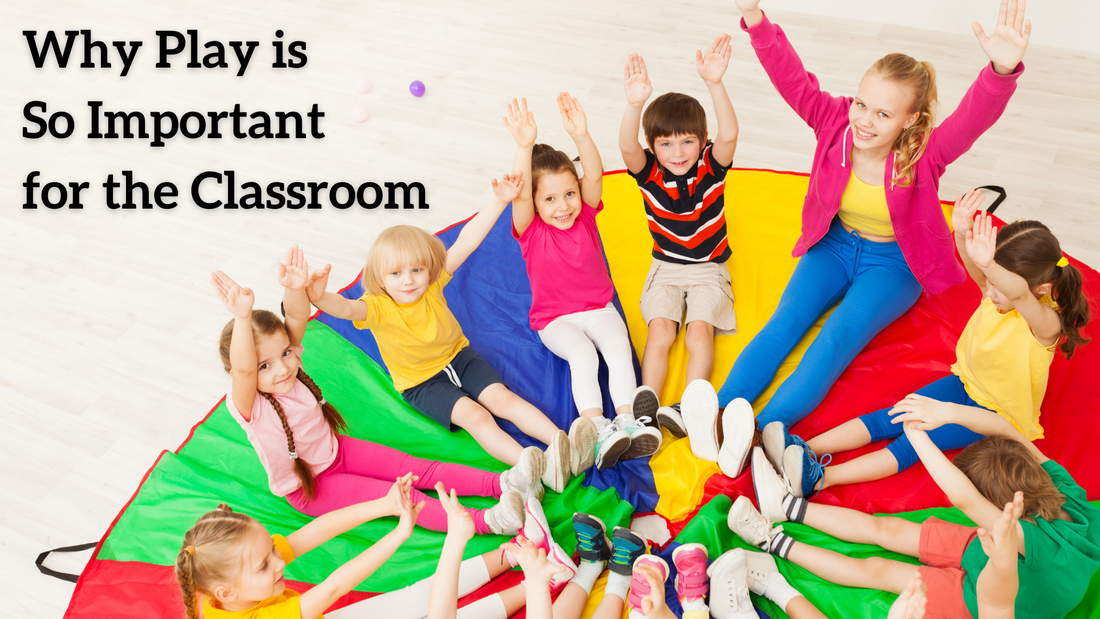
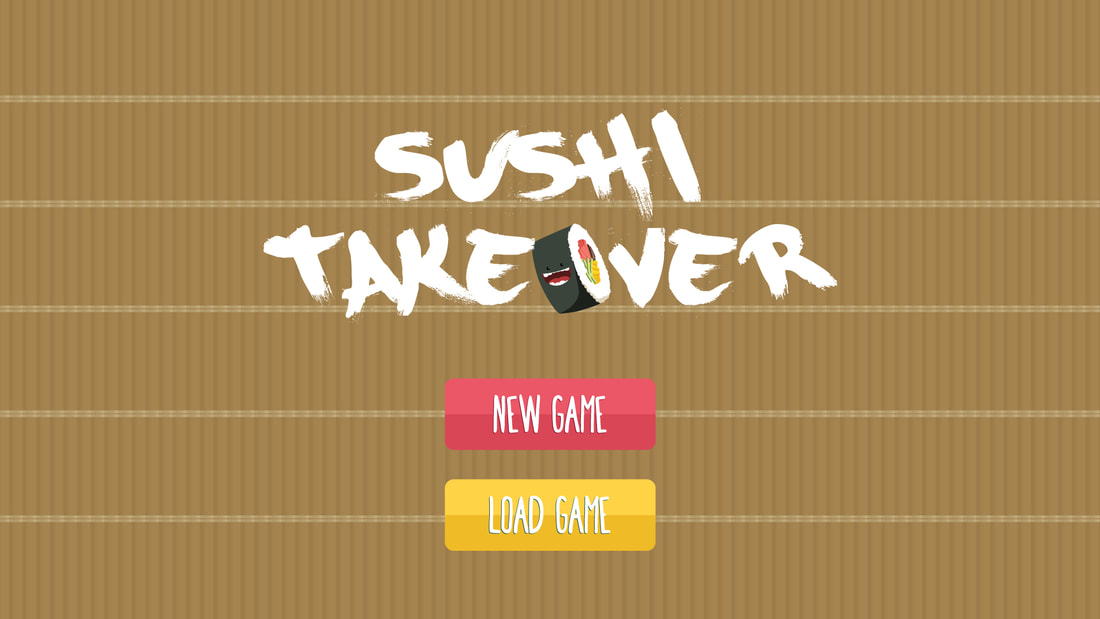

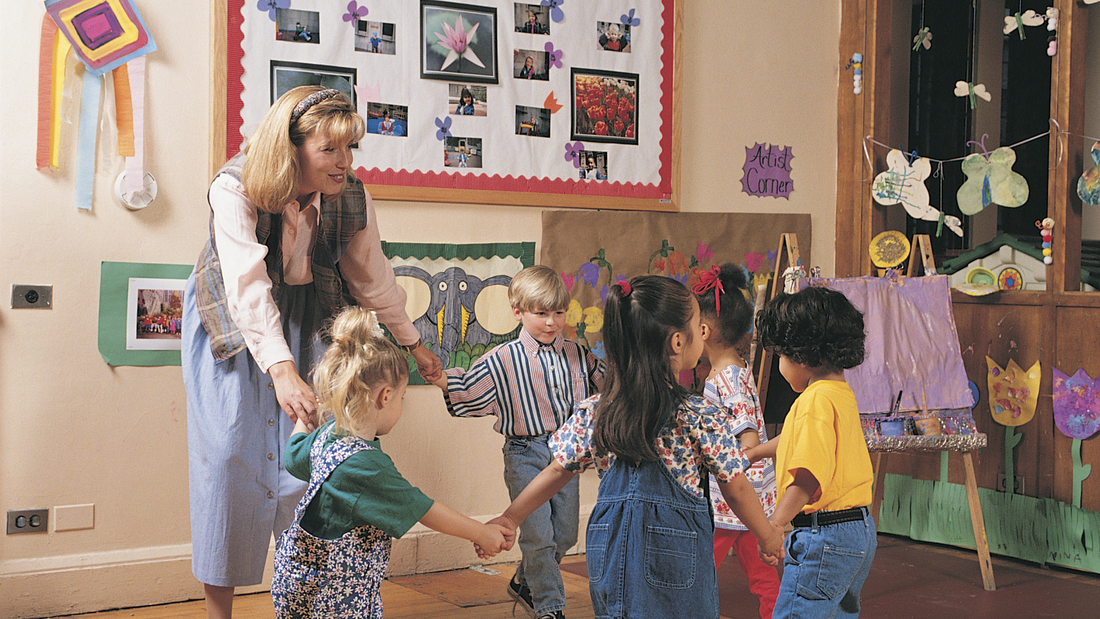
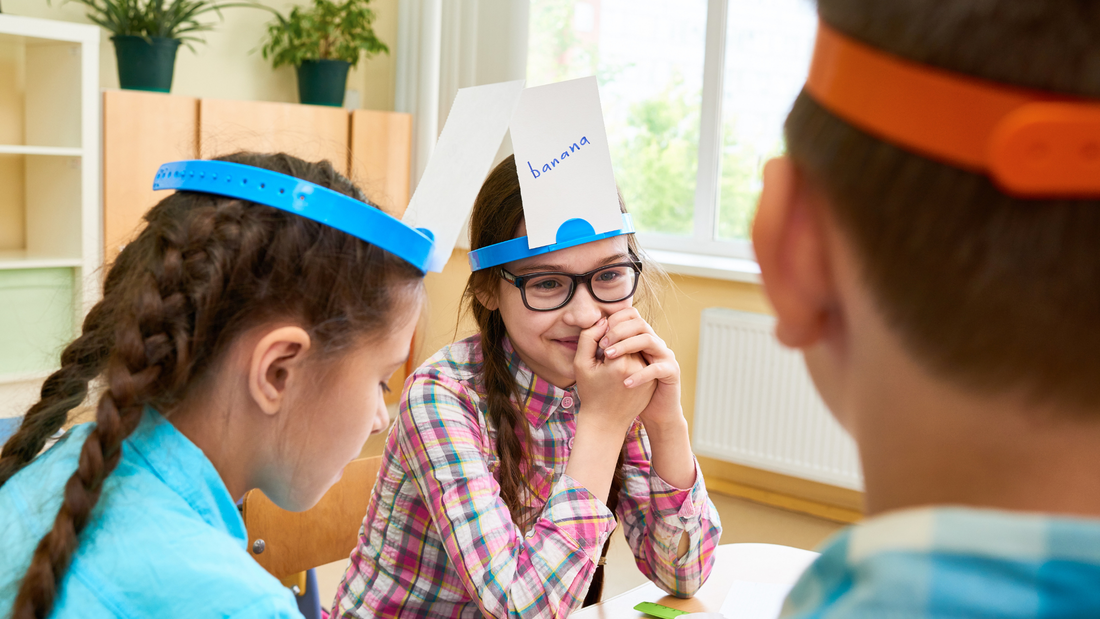

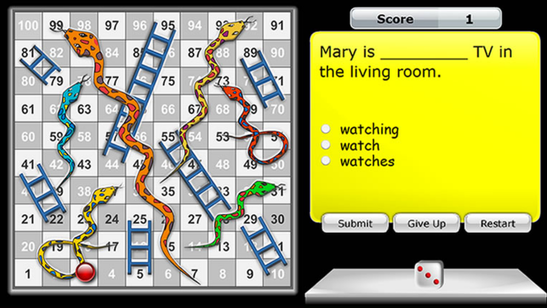



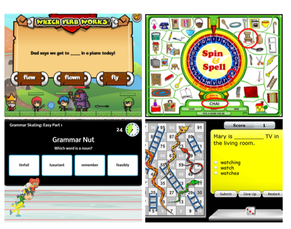

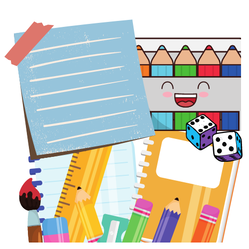
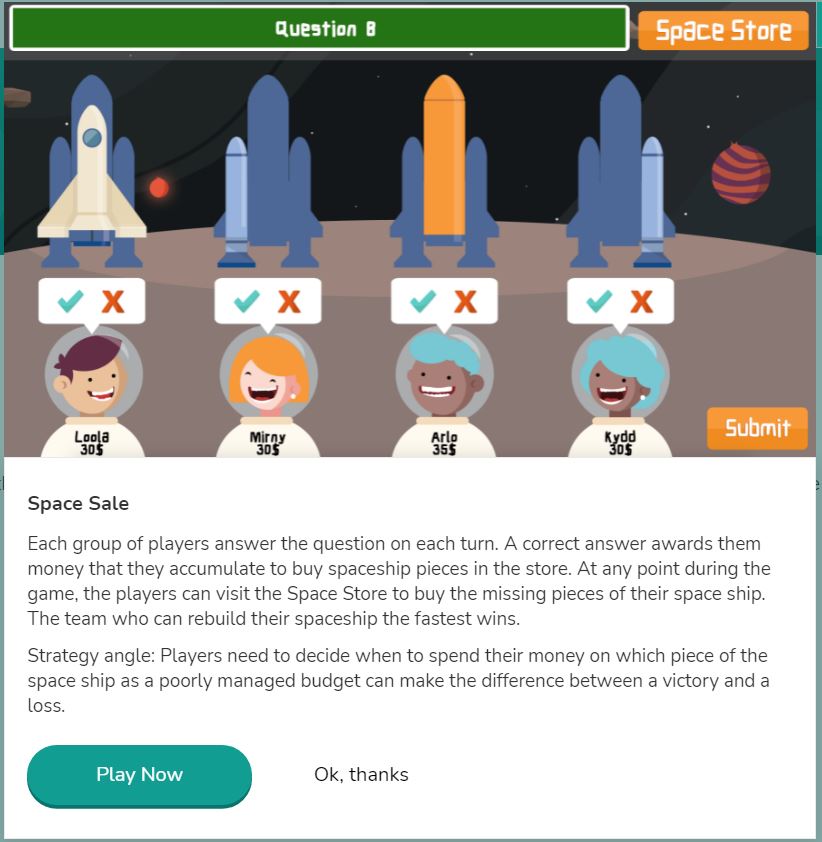
 RSS Feed
RSS Feed